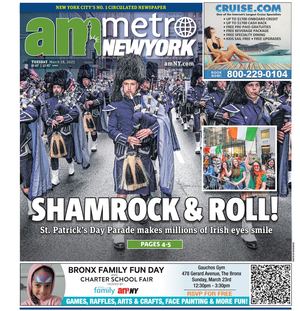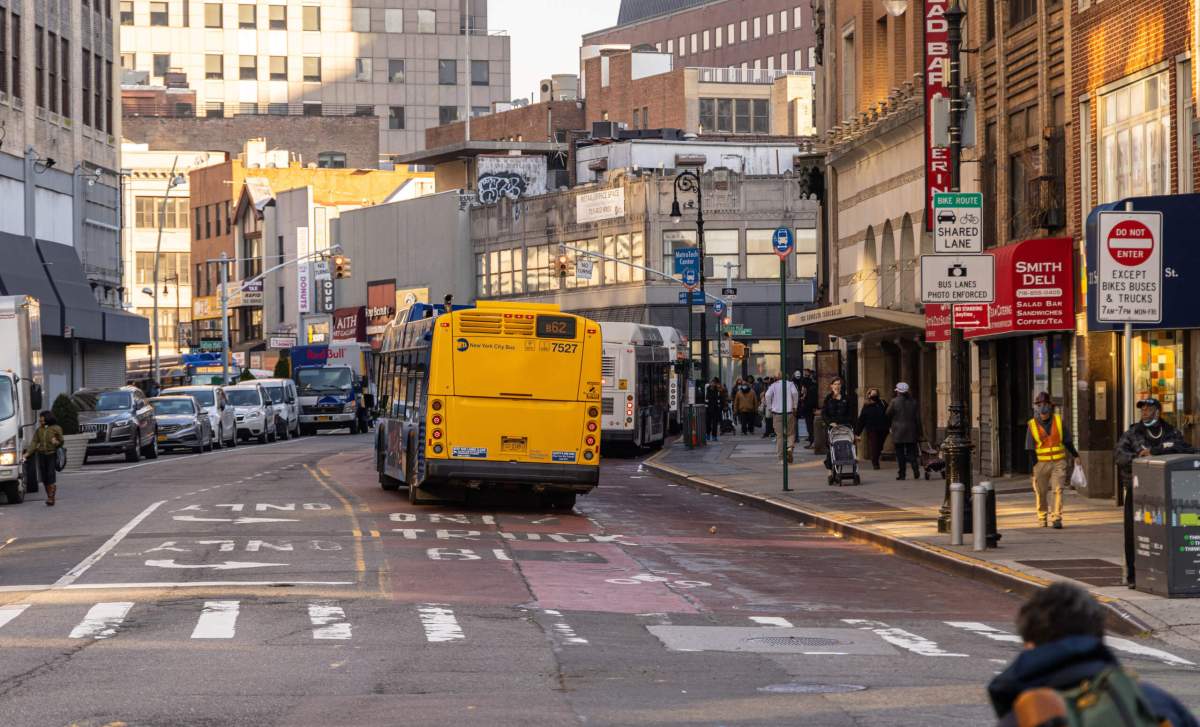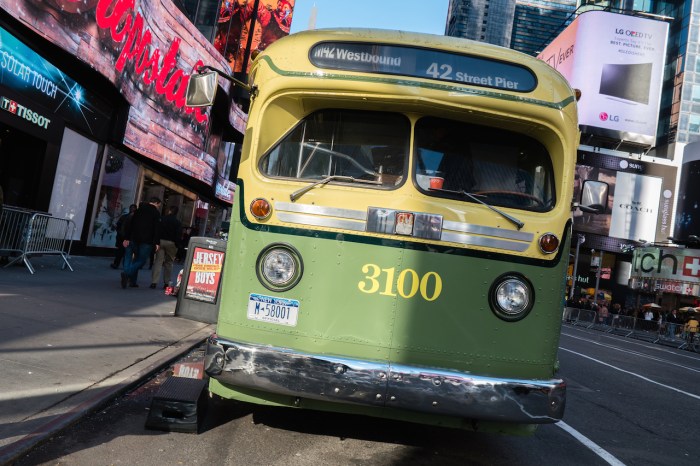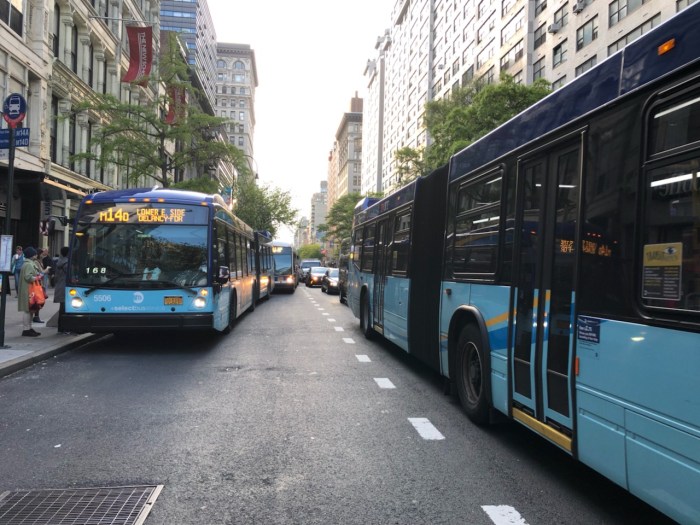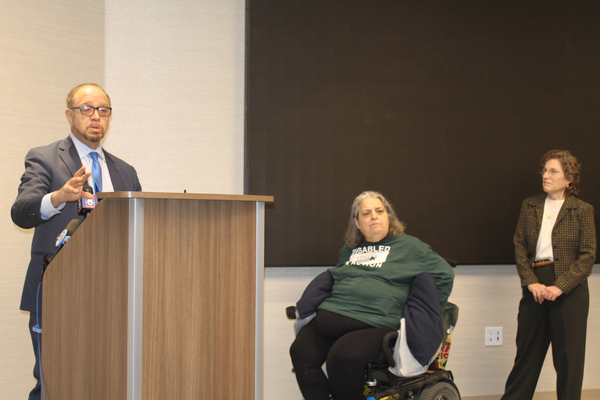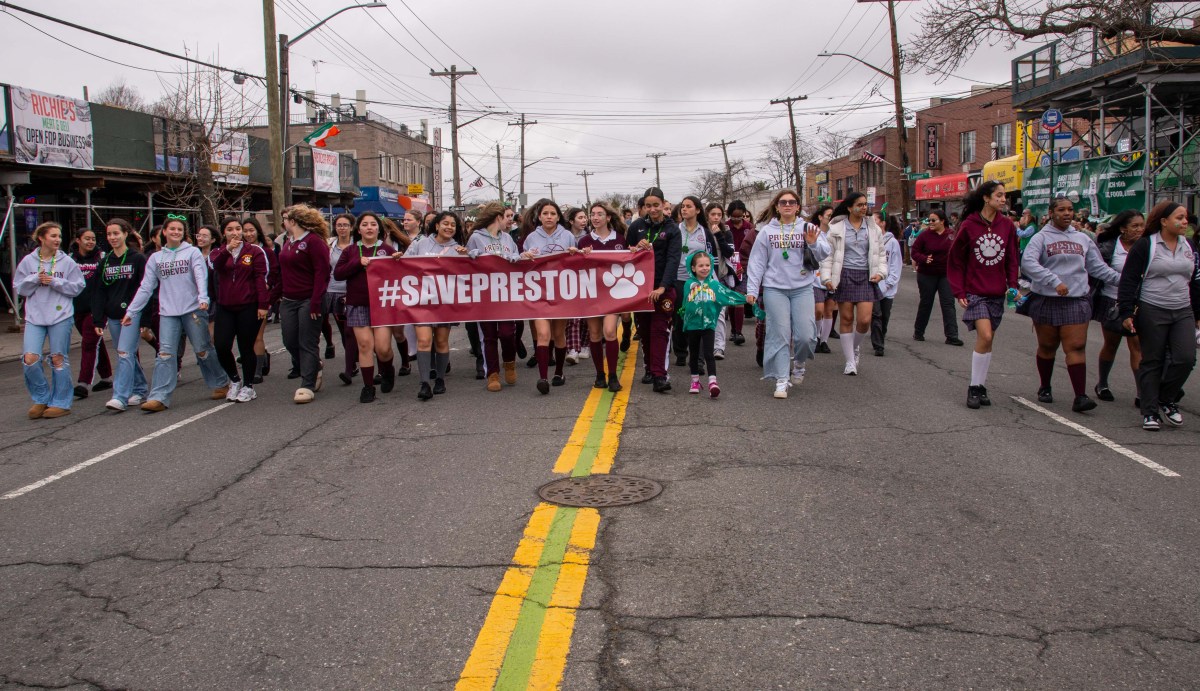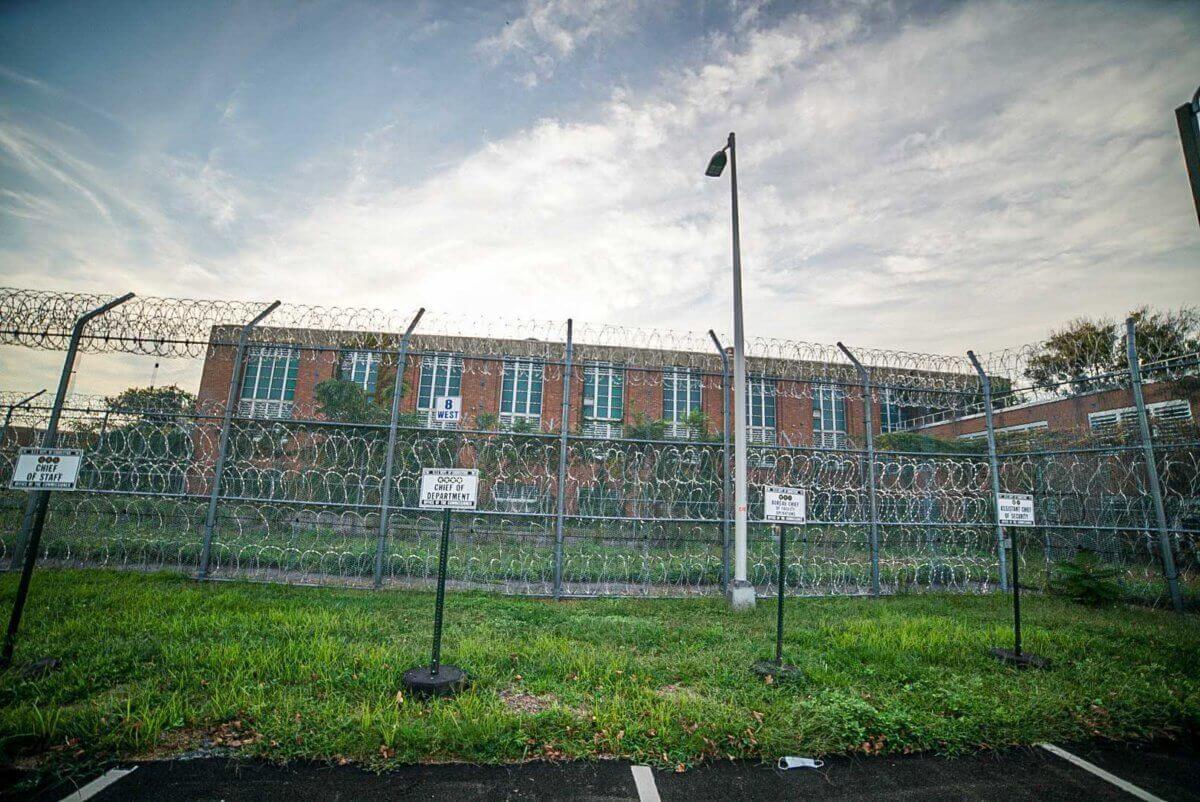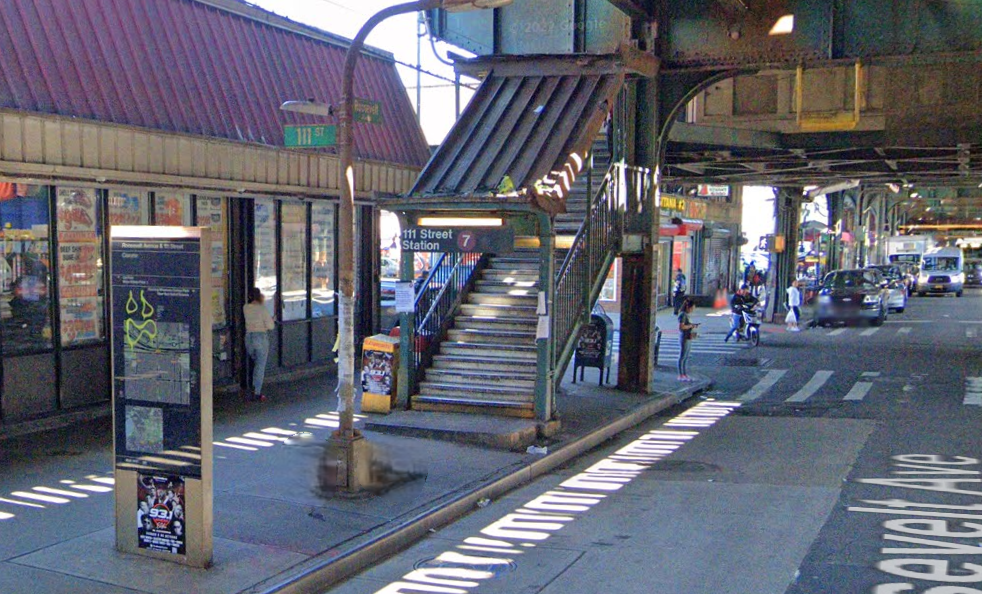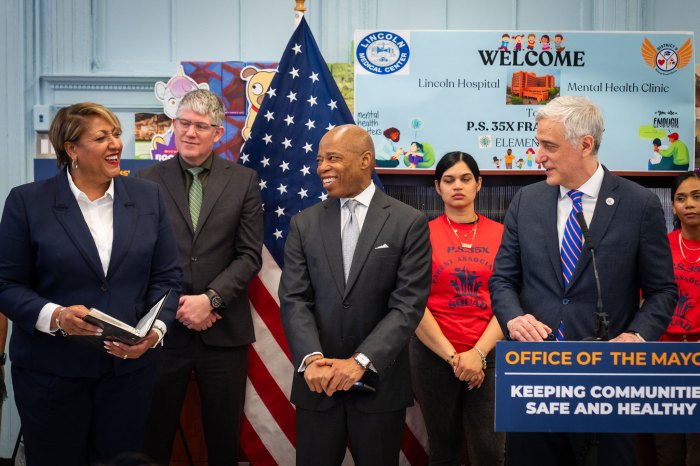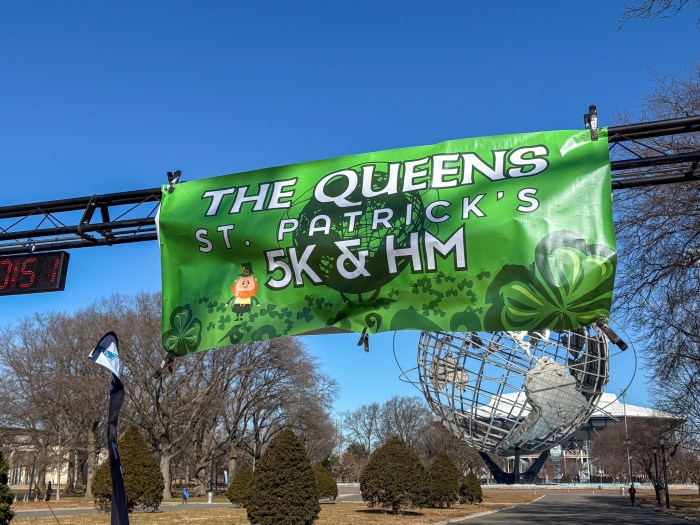The Department of Transportation released its five-year master plan for the city’s streets late Wednesday afternoon, giving a blueprint of the agency’s goals for how to manage the Big Apple’s 6,300 miles of streets and 12,000 miles of sidewalks.
The so-called “New York City Streets Plan,” which officials chose to release without pomp or press conference just before 5 p.m., comes as Mayor Bill de Blasio is about to leave office, but was required by a law the City Council passed in 2019 and DOT will have to give yearly updates on its progress of the numerous projects starting in 2023.
“Vision Zero has shown the nation how to reimagine our streets for buses, bikes, and pedestrians – not just private vehicles. This plan charts a path forward to build on that progress with innovative ideas from the lessons we’ve learned. It will make our streets safer than ever,” said de Blasio in a statement Dec. 1.
The 95-page document lists several benchmarks the city has to hit by the end of 2026 under the 2019 legislation including:
- 150 miles of bus lanes
- 250 miles of protected bike lanes
- 4,750 intersections that give signal priority to public transit
- 2,000 redesigned intersections
- 1 million square feet of pedestrian space
For 2022, DOT has to paint at least 20 miles of new protected bus lanes, 30 miles of protected bike lanes, and add 500,000 square feet of new pedestrian space.
Starting in 2023, the agency must add 30 miles of protected bus lanes and 50 miles of protected bike lanes per year at a minimum, according to the law, even though DOT’s new plan lists those figures instead as “average per year benchmark targets.”

The agency admits that it does not currently have the staff or funding to meet these legal requirements.
“Meeting these benchmarks—and the other key parts of this plan—will
require increased staffing, funding, facility space, and new implementation strategies,” reads the report. “We will work aggressively towards meeting these targets, within the limits of the agency’s resources.”
DOT Commissioner Hank Gutman noted in an introduction to the report that it is still very much a “draft” and will still have to “balancing the needs of our diverse communities.”
“This is a ‘draft’ blueprint for the future of our streets. The Council’s legislation contemplates, and the NYC DOT intends, that this Plan be the starting point for a robust public outreach program and that the final Streets Plan reflect the concerns and particular needs of the various affected communities,” Gutman wrote.
As de Blasio gets ready to leave Gracie Mansion at the end of the year, it will be up to incoming Mayor Eric Adams, his new DOT leadership, and the City Council to actually implement any of these proposals in the coming years.
The plan also includes previously-set goals that go further into the future of moving more people out of private cars and into public transportation, walking, and bicycling.
The agency wants to cut personal driving from 31% in 2015 to only 16% in 2050, cycling from 1% to 10% during that time, and transit from 28% to 32%.
There are some more delayed newly-revived projects the agency plans to bring to the city.
A long awaited proposal to keep trash in containers rather than on the sidewalks is set to roll out as a “small residential pilot” dubbed Clean Curbs in 2022, which was first announced in early 2020.
The agency appears to be bringing back the proposal to cap over the Brooklyn-Queens Expressway’s trenched section through South Williamsburg known as “BQ Green,” with the plan listing it as a “2022 project.”
For the wildly-popular bike share program Citi Bike, which is run as a public-private partnership with Lyft, DOT proposes subsidizing the scheme with taxpayer dollars to expand what it calls a “public transit service” to the almost half of all New Yorkers who don’t yet have the docked blue bikes in their neighborhoods.
“Operating as public-private partnership since its launch in 2013, Citi Bike is a public transit service that has become an integral part of New York City’s dynamic transit network, with over 130 million trips taken in that time,” the report notes. “Over 4 million New Yorkers will still live outside the Citi Bike service area, however, and increasing access to Citi Bike service for more New Yorkers may require a different financial model that includes government subsidy.”
Mayor de Blasio’s final year in office has been marred by a devastating number of people killed in traffic, as 2021 repeatedly outpaced previous years of his two terms in office for road fatalities, with some 1,800 people dying during the past eight years.
